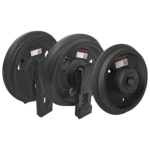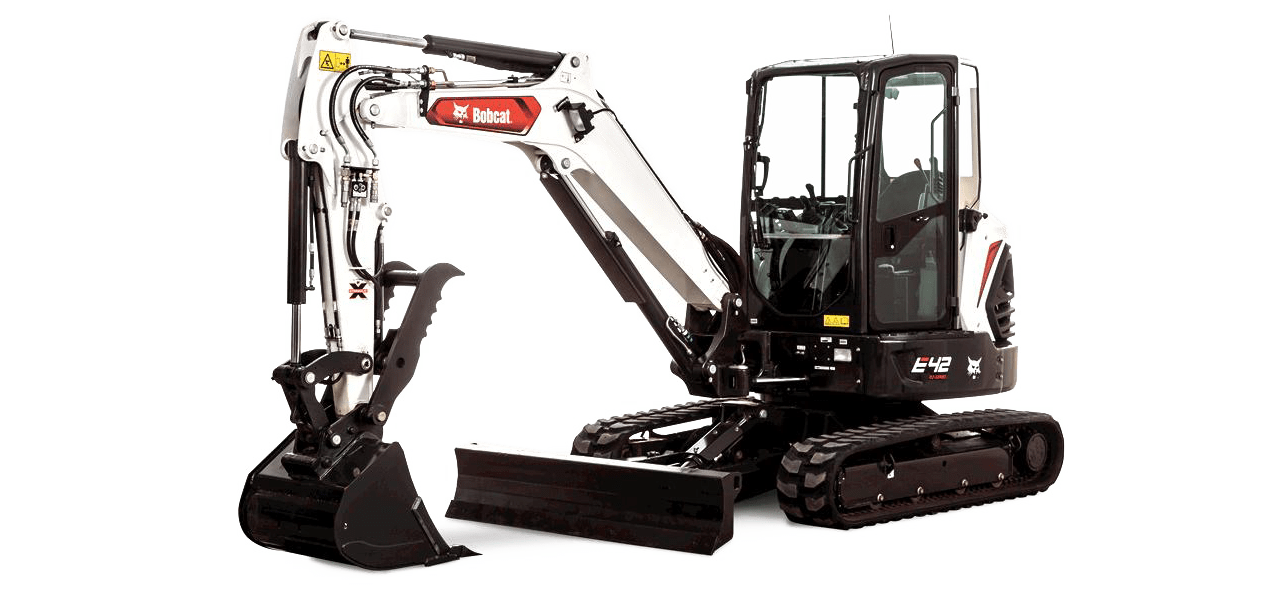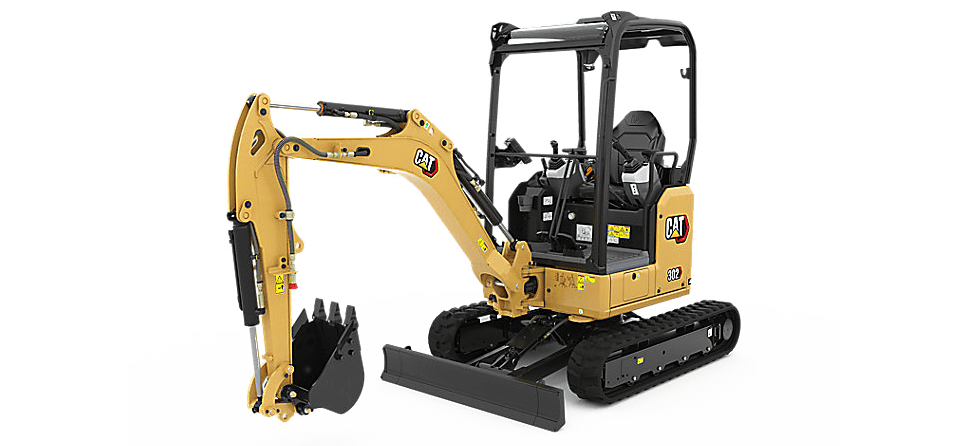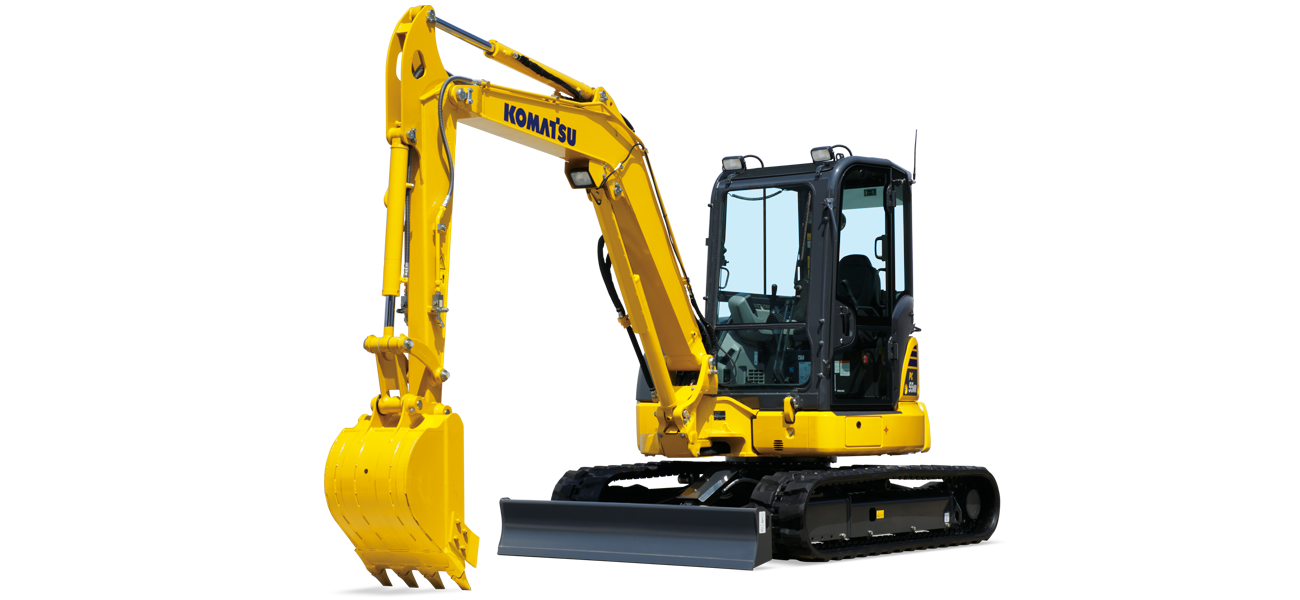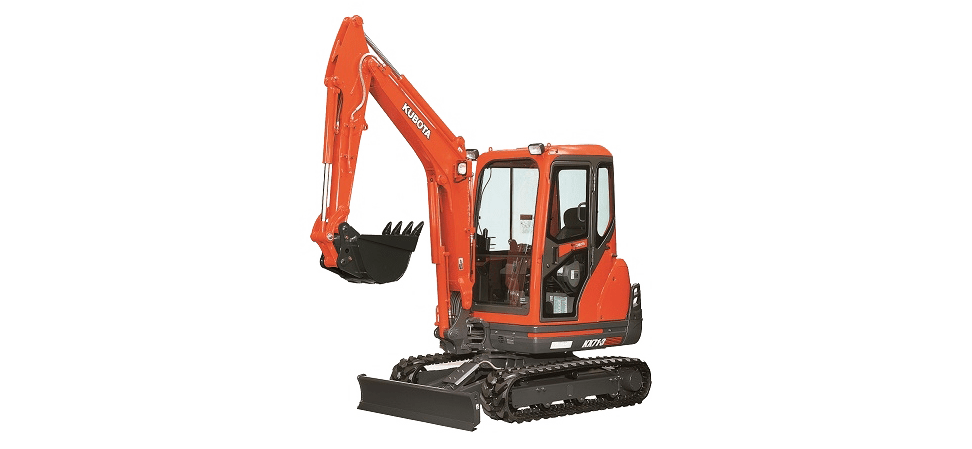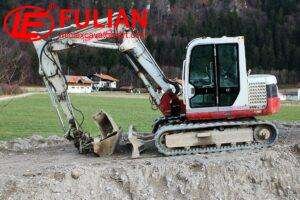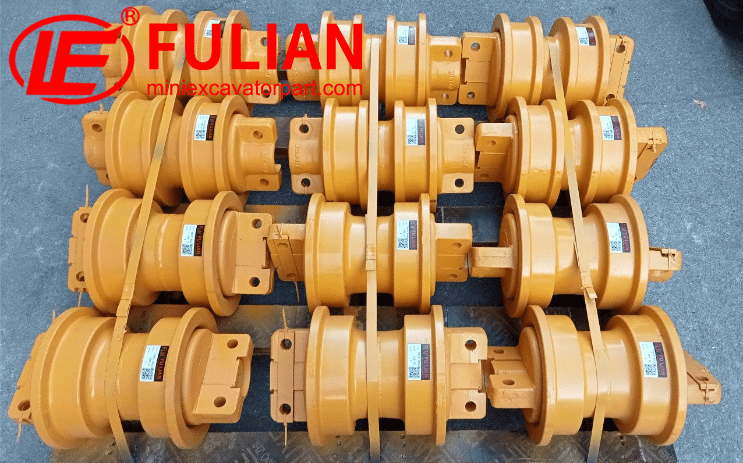In determining the anticipated life and maintenance interval for track adjusters in typical working conditions, it is essential to consider several factors that can affect their performance and longevity. The following discussion offers a detailed breakdown of these considerations:
1. Manufacturing Quality: The lifespan of track adjusters is heavily influenced by the quality of materials and manufacturing processes. High-grade steel and precise engineering ensure durability and resistance against wear and tear. Adjusters crafted with attention to detail and strength can be expected to have an extended operational life, thereby reducing the frequency of maintenance required.
2. Usage Frequency: Frequent use of machinery will naturally lead to increased wear on the track adjusters. However, in normal operating environments, track adjusters designed for heavy machinery are built to withstand substantial use. With proper care, these adjusters can resist significant degradation even under regular usage.
3. Operational Conditions: Typical working environments can vary but generally include exposure to dirt, dust, and variable temperatures. These conditions can lead to the accumulation of debris and potential corrosion. Yet, track adjusters that are well-maintained and designed for such conditions can handle these challenges effectively.
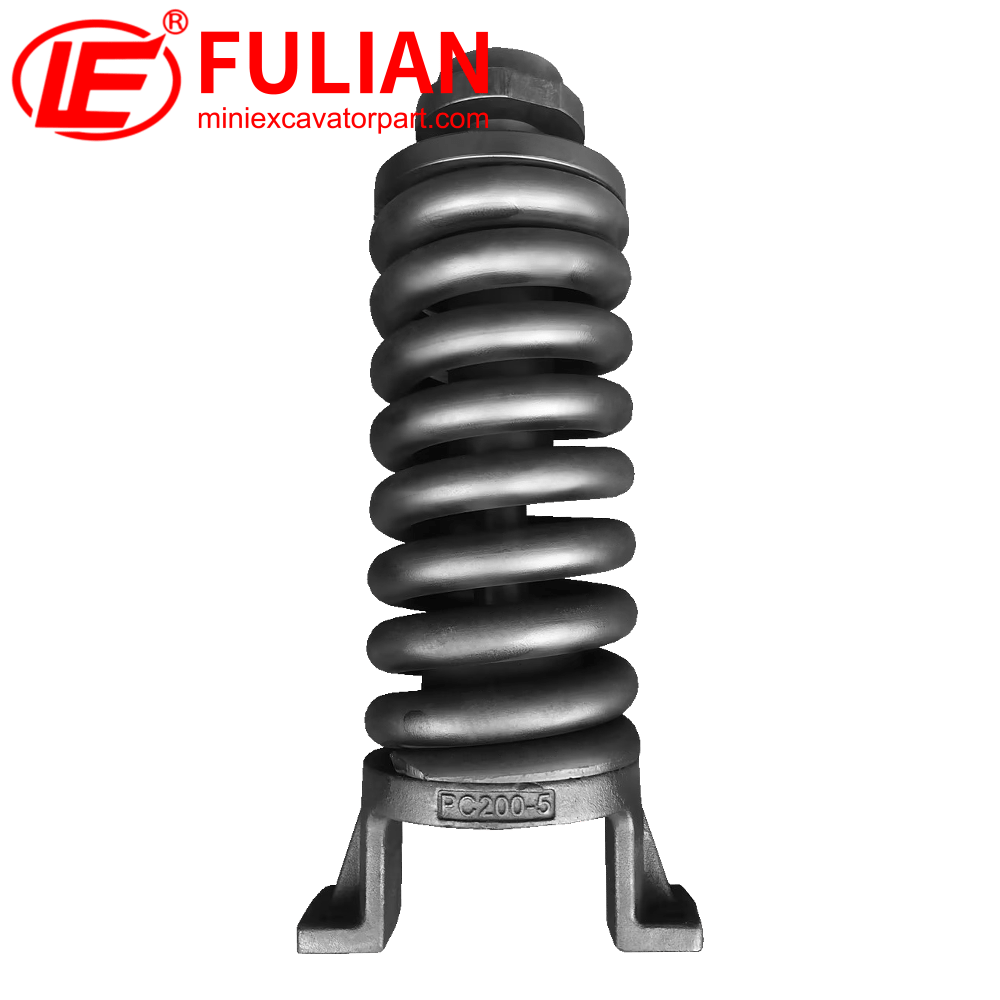
4. Routine Maintenance: Maintenance is a critical determinant of both the service interval and the life expectancy of track adjusters. Regular inspections, cleaning, and adjustments are vital for preserving their condition. Neglect in this area can lead to unexpected downtimes and reduced lifespan.
5. Anticipated Service Life: Considering these factors, track adjusters in normal working conditions should have a decent service life before any major maintenance is required. Typically, they are engineered to last several years with proper care. Maintenance intervals may vary, but it’s conventional to perform service checks at regular intervals, often recommended every few hundred operating hours.
6. Manufacturer’s Guidance: The manufacturer’s guidelines are crucial for the optimal service schedule. Depending on the specific model and application, manufacturers might suggest different service intervals. Adherence to these recommendations can ensure the track adjusters operate within the expected lifespan.
Conclusion: To sum up, the anticipated life of track adjusters in standard working conditions, when maintained and used as per manufacturer directions, can easily span several years or thousands of operational hours. While the exact timeframe can vary based on the factors outlined above, setting regular maintenance intervals—ideally every few hundred hours as per the manufacturer’s advice—can ensure track adjuster longevity and reliable performance. It is always recommended to consult the manufacturer’s maintenance schedule to attain the best outcomes for your machinery.
Fulian Operation Team
2024.3.22


